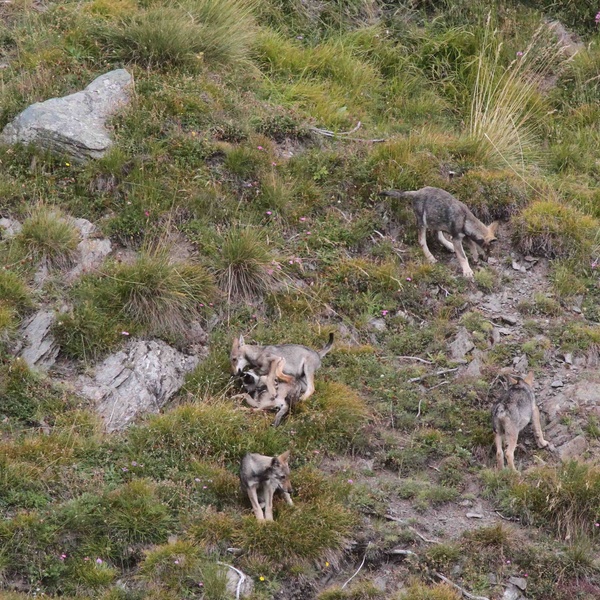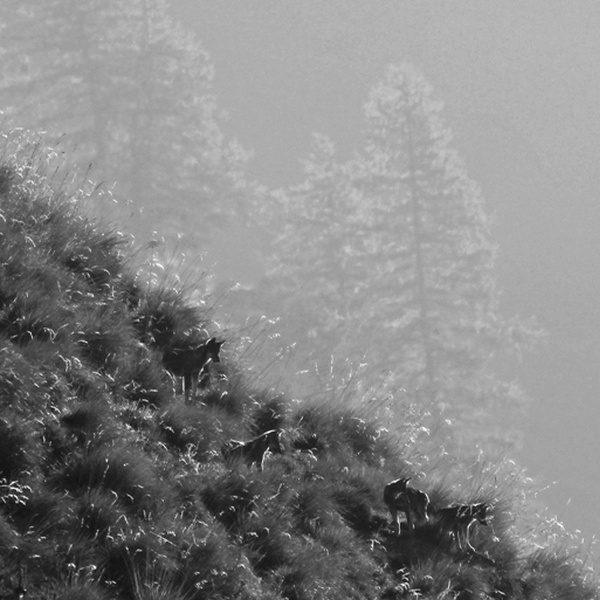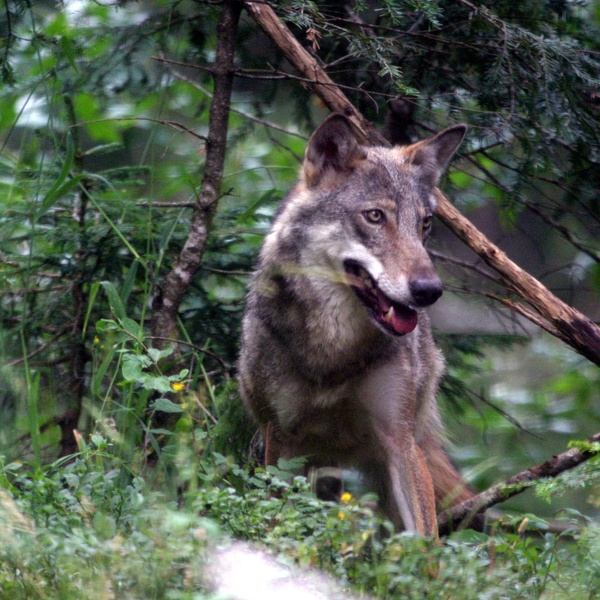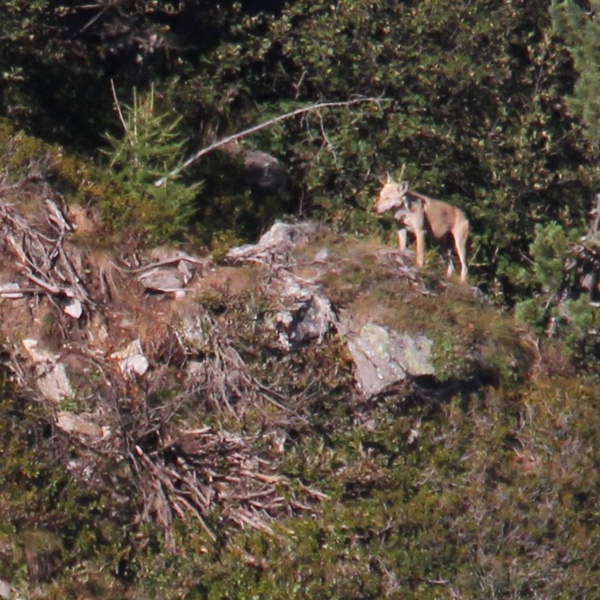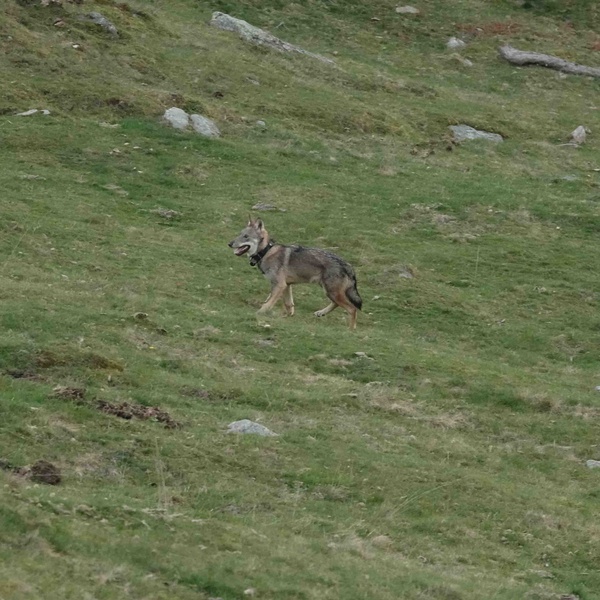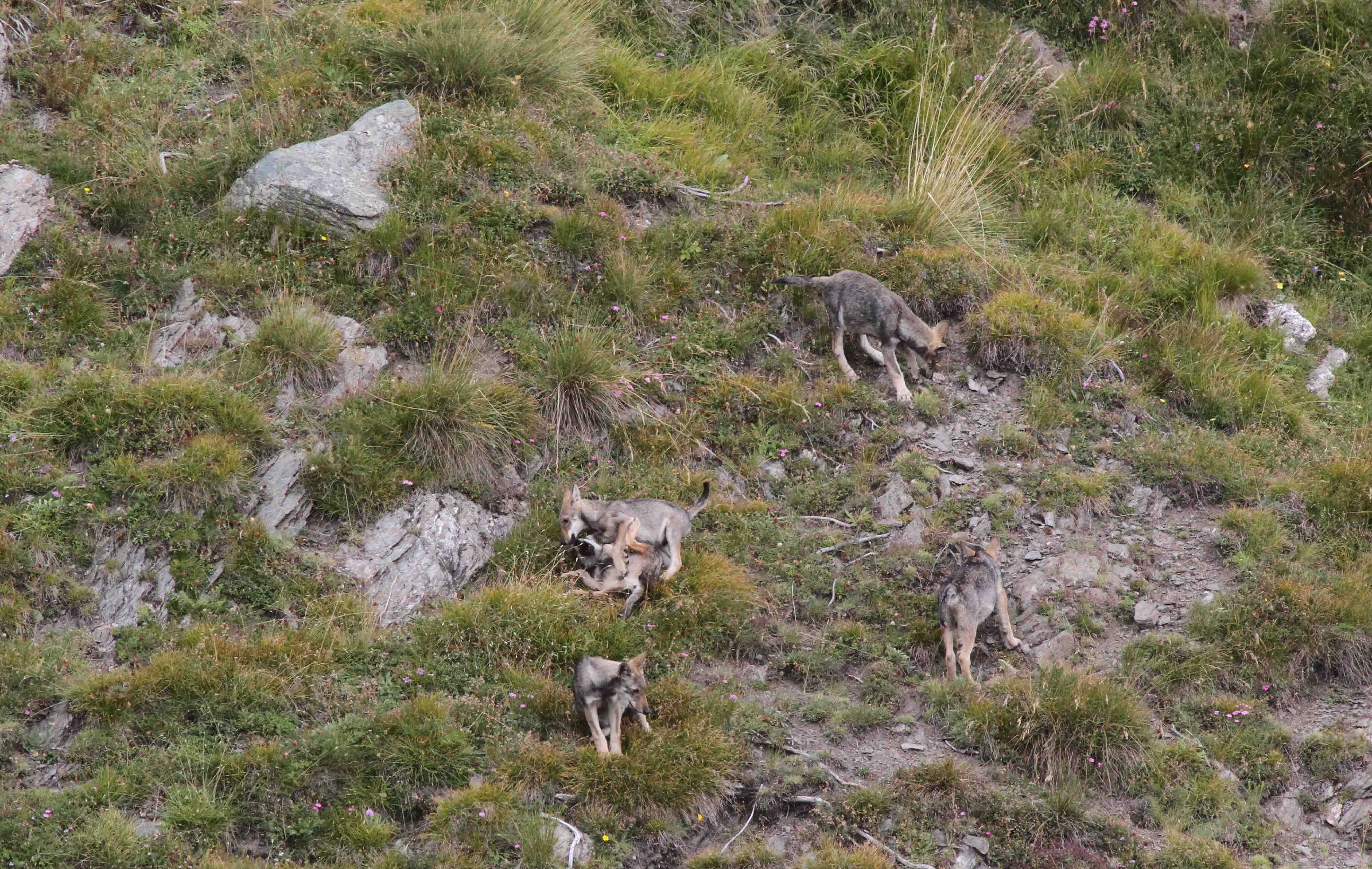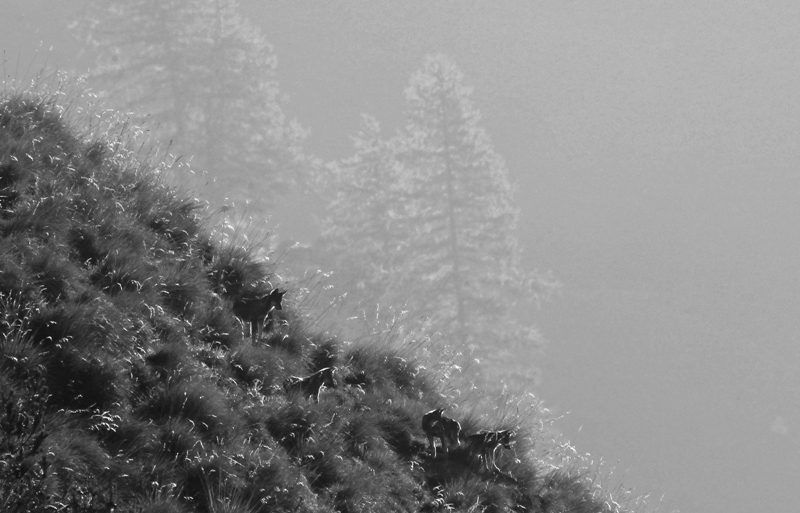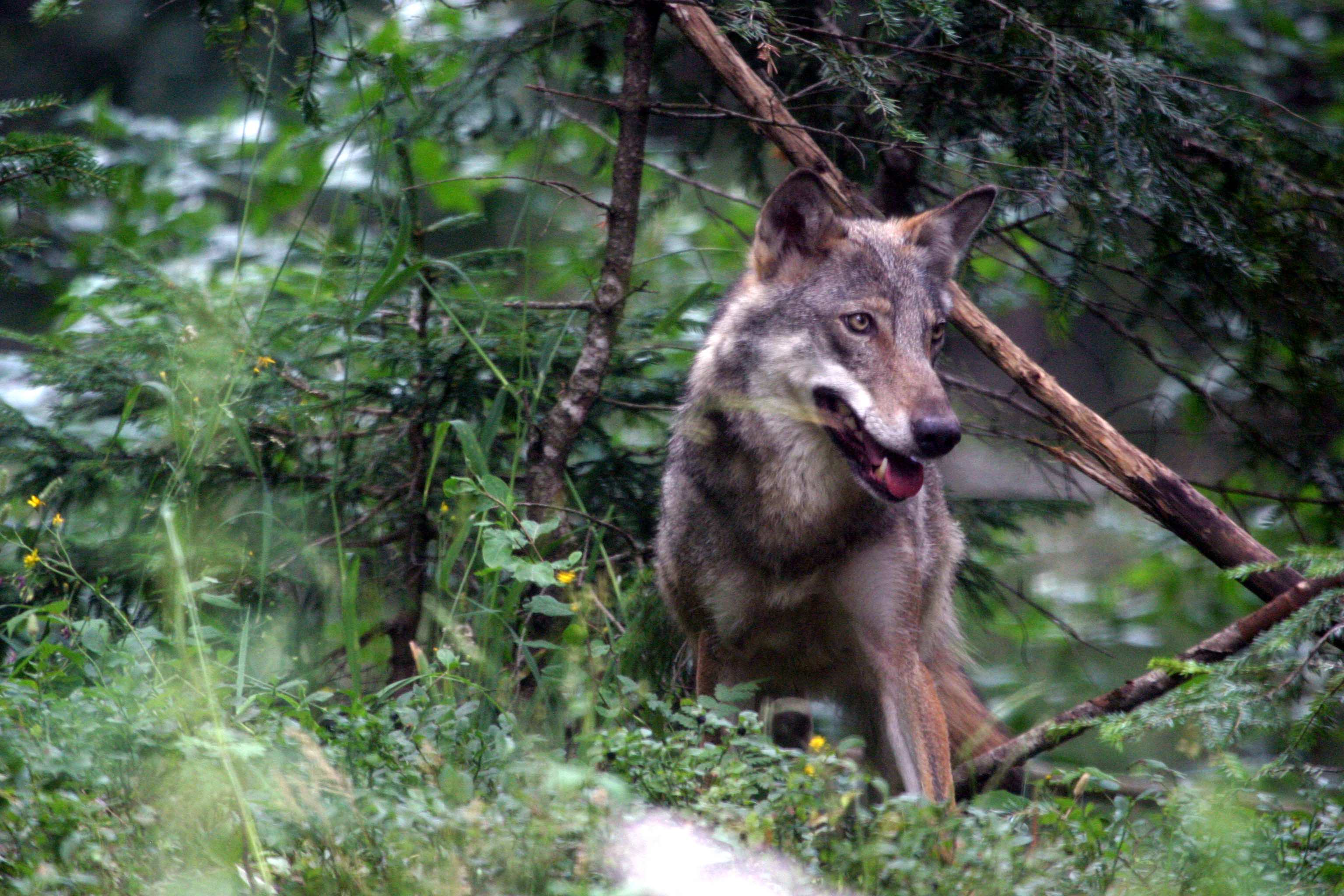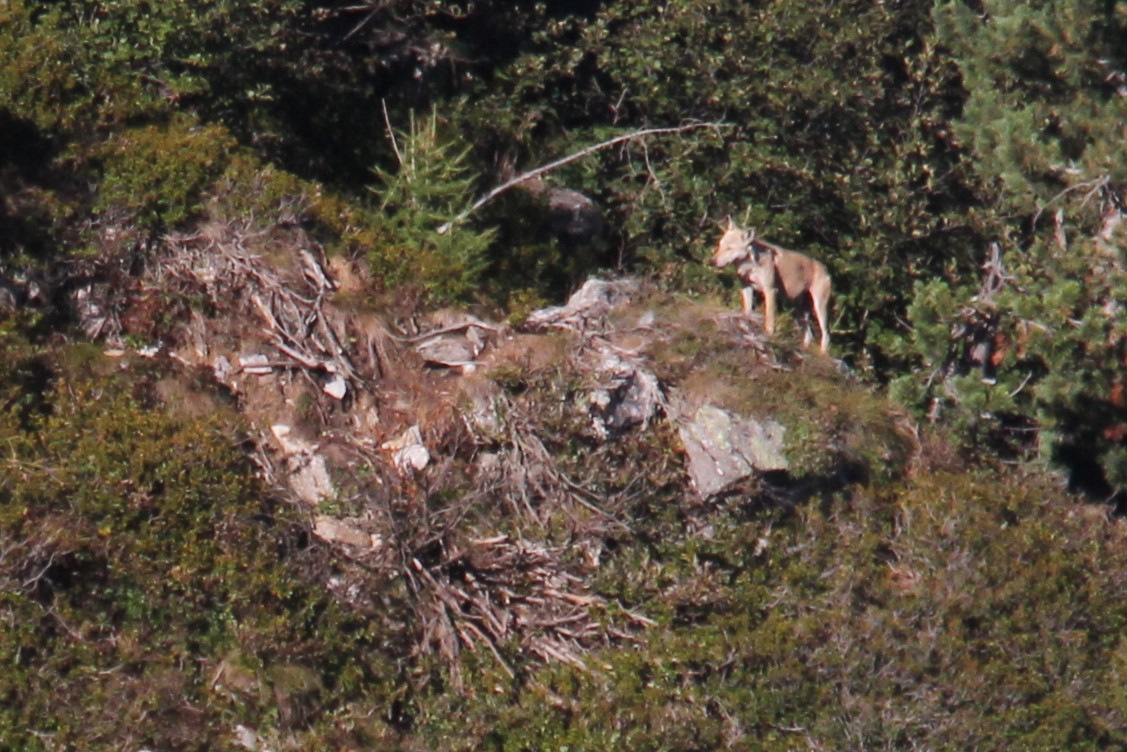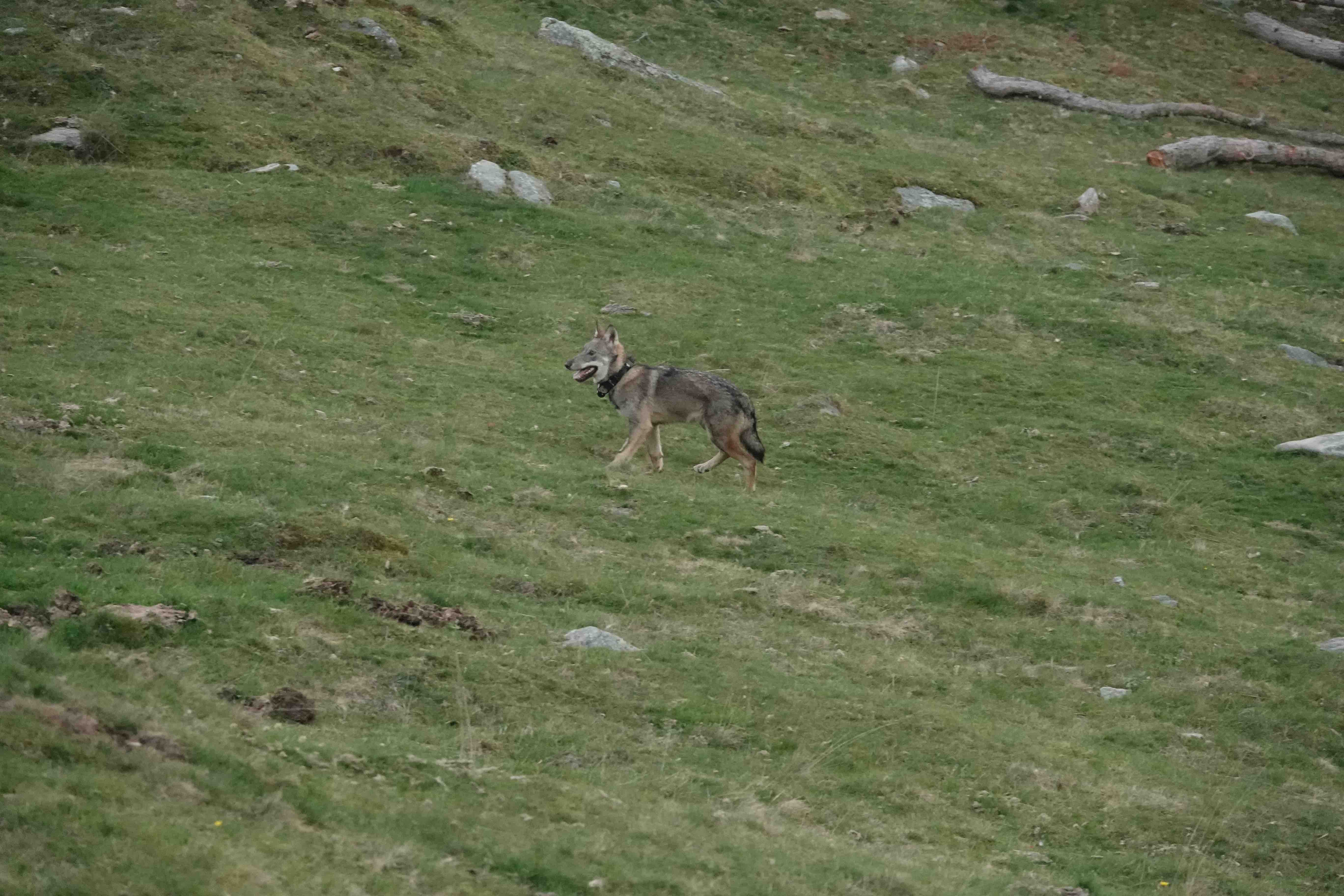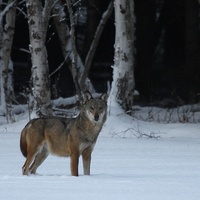
Classification:
Nom commun: loup
Royaume: Animalia
Phylum: Chordata
Subphylum: Vertebrata
Classe: Mammalia
Ordre: Carnivora
Famille: Canidae
Espèce: Canis
Espèce: Canis lupus italicus
Espèce soumise à une protection spéciale conformément à la Convention de Berne, à la Directive Habitat (92/42/CEE) au niveau de l'Union européenne et au niveau national en vertu de la loi n° 157/1992.
Habitat:
Alpes et Apennins, s'étendent vers les zones collinaires
Où est-ce que je suis?
Où est-ce que je suis?
Parco naturale Gran Bosco di Salbertrand
Parco naturale Orsiera Rocciavrè
Parco naturale Val Troncea
ZSC Arnodera Colle Montabone
ZSC Bardonecchia Val Fredda
ZSC Cima Fournier e Lago Nero
ZSC Col Basset
ZSC Gran Bosco di Salbertrand
ZSC Les Arnauds Punta Quattro Sorelle
ZSC Oasi xerotermiche Val di Susa
ZSC Pendici del Monte Chaberton
ZSC Rocciamelone
ZSC Valle della Ripa
ZSC Valle Thuras
ZSC – ZPS Orsiera Rocciavrè
ZSC – ZPS Val Troncea
Classification:
Nom commun: loup
Royaume: Animalia
Phylum: Chordata
Subphylum: Vertebrata
Classe: Mammalia
Ordre: Carnivora
Famille: Canidae
Espèce: Canis
Espèce: Canis lupus italicus
Espèce soumise à une protection spéciale conformément à la Convention de Berne, à la Directive Habitat (92/42/CEE) au niveau de l'Union européenne et au niveau national en vertu de la loi n° 157/1992.
Habitat:
Alpes et Apennins, s'étendent vers les zones collinaires
Historical background
In the territories where the Parks of the Cozie Alps are located and in general throughout the Alpine arc, the wolf became extinct between the end of the 19th century and the beginning of the 20th century due to human hunting activities. Starting from the 1970s, from a small nucleus of wolves of the subspecies canis lupus italicus present in the Apennines of Central Italy (between 100 and 200 individuals), a process of population growth and spontaneous recolonization began, leading the species to spread throughout the country. In the Province of Turin, in 1997, the presence of the first breeding couple that settled in the territory of the Gran Bosco di Salbertrand Natural Park was confirmed. The natural return of the wolf to the Alpine territory was favored by three main aspects: the dispersal process that leads young wolves to move far away from the original pack, the protected status granted to the wolf species in the late 1970s, making its killing illegal, and the gradual abandonment of mountains and inland territories by humans, which provided the predator with environments to live in and prey to sustain itself.
Morphology
Adult Italian wolves reach a length of 100-150 cm and a weight ranging between 25 and 40 kg depending on age and sex. The coat of the wolf varies greatly from one individual to another but generally has a cream color, with black tips on the back and brown on the chest. To distinguish it from the domestic dog, especially from wolf-like breeds, one must observe the markedly yellow/orange eye color, the presence of a white fur mask on the edges of the muzzle at cheek level, and the tufts on the front part of the forelegs, two longitudinal bands of fur. Finally, a very distinctive characteristic of the wild wolf is its tail, notably shorter than that of dogs.
The pack
Wolves are organized in packs, family units composed of the breeding pair, also called the alpha, the yearlings, and some subadults born the year before, usually not exceeding 8 individuals. The alpha pair is also known as dominant as they hold the apex role in the social organization of the pack. They are responsible for managing the most important activities of the pack such as hunting, territory defense, and movements. Alphas can be recognized by their proud demeanor, elevated tail position, and enjoy several privileges including exclusive breeding rights and priority during meals. Subordinate wolves are often the young offspring of the dominant couple, between 1 and 2 years old, who remain within the pack to support in caring for the pups when the parents are hunting. They tend to carry their tails between their hind legs and show submissive behaviors including the ability to approach prey only after the alpha pair has eaten.
Hunting territory
Like humans, the wolf is a territorial species. Each pack defines an area in which it lives and hunts, regularly patrolling the perimeter and marking the boundaries with scent marks (feces and urine) to communicate its presence to other wolves. The size of the hunting territory can vary significantly depending on the season, prey availability, and pack size. The boundaries are often protected by resorting to fierce clashes when invaded by dispersing individuals or members of other packs.
Dispersal
When young wolves reach sexual maturity, they leave their natal family to establish a territory and find a mate to form a new breeding nucleus. This behavior ensures significant success for the species as it allows beneficial genetic exchange through the encounter of wolves from distant areas and important territorial expansion, as observed during the wolf's spread in Italy in recent decades. The dispersal season mainly occurs between autumn and spring when the pack dynamics are disrupted by the onset of the breeding phase in the alpha pair. Young wolves who have reached sexual maturity, usually within the first or second year of age, leave their natal pack for a journey that can lead them to cover great distances, even over 1000 kilometers as observed with individuals fitted with radio collars. This is an extremely critical phase in the wolves' lives because dispersing young wolves have to hunt alone, without the guidance of parents, in unfamiliar territories or often occupied by other packs. During this period, mortality rate is high, and road accidents are more frequent.
Reproduction
Wolves reproduce in May and June after a gestation period of 63 days. The female selects a den in a sheltered place, often utilizing those of other animals, close to water because during the first weeks, she leaves the newborns only to drink. A litter generally consists of 4 or 5 pups weighing about 500 grams at birth and completely blind and deaf for a couple of weeks. During this period, the alpha male regurgitates food near the den to feed the female, along with the rest of the pack that also assists in defending the family nucleus. From the age of two months, the pups are moved to what is called the rendezvous site, a secluded area where they can play, start short explorations, and experience their first separations from the mother who will resume leading hunting expeditions with her mate, sometimes entrusting the pups to a subordinate of the pack, often a sibling from the previous year. Over time, the pups gain increasing independence by moving away from the pack and experiencing their first howls to reunite with the family. Around 4 months of age, they start participating in the pack's hunting expeditions.
Hunting
The wolf is known as an opportunistic predator because its diet depends on the type of prey available. Its preferred preys are ungulates (deer, roe deer, wild boar, chamois, and mouflon), although it can feed on carrion when necessary and direct its attention to domestic livestock, mainly sheep and goats. Since hunting results can vary greatly, a wolf can consume up to 4/5 kg of meat when a significant prey is available and fast for several consecutive days. Each pack develops its hunting techniques based on the social organization of the group, the number of members, and the type of prey available. The predator also plays a regulatory role on ungulate populations, containing the spread of pathogens and carrying out a genuine genetic selection by primarily preying on older or weaker individuals, thus eliminating those less suitable for reproduction.
Communication and learning
The social organization of the wolf species is based on communicative abilities that occur through vocalizations, postures, and scent marks.
...truncated for brevity...
Vous aimerez aussi...
- campaign Conférence finale du projet LIFE WolfAlps Eu: en résumé
- campaign Au début des nouvelles activités éducatives sur le loup
- book Entre chien et loup : problèmes, sécurité, prévention
- emoji_nature Stambecco
- emoji_nature Cortippo di Conca Cialancia
- emoji_nature Marmotte
- emoji_nature Formica rufa
- emoji_nature Moineau soulcie
- emoji_nature Lagopède alpin
- emoji_nature Chamois

 Faune
Faune
